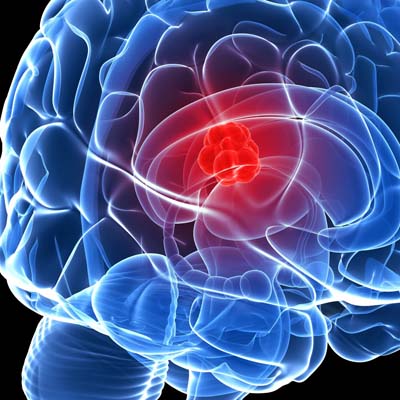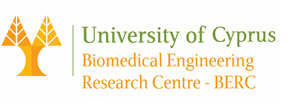 Precision medicine necessitates a multimodality and multiscale imaging and waveform understanding in order to identify new factors contributing to health and disease. This information is acquired in the areas of radiology, pathology, and genetics and is based on the increasing breadth of optical and molecular imaging, in addition to the traditional diagnostic imaging modalities. A wide spectrum of technologies contributes towards a new era termed biomedical imaging informatics and medical imaging that emerged as one of the fastest growing research areas given the evolution of molecular imaging complemented with anatomical and functional imaging towards the generation of advanced disease biomarkers. New developments include image characterisation based on robust segmentation of regions of interest (ROIs) (e.g. organs, cells) as a first step in medical image analytics. This includes for example, automated magnetic resonance (MR) imaging segmentation performed on multiscale image series (generated using the Radon transform) where multiple processing allows segmentation results of a coarser scale to be used as a mask for the next fine scale. Image management, modelling and decision support encompassing Computer Aided Diagnosis (CAD) and Content Based Image Retrieval (CBIR) are also other emerging areas. In these areas the target is to carry out decision support based on machine learning from the multiscale texture/shape features extracted from the segmented ROIs and to process semantic information from images for tasks such as retrieval. In order to achieve the wider penetration of the aforementioned technologies in clinical practise, the need exists for multiscale intelligent interaction and visual analytics. Although limited work was carried in this challenging area, promising systems published cover intelligent image navigation, concept extraction from radiology reports using natural language processing and online portal to help the patients effectively view and understand their radiology image and reports.
Precision medicine necessitates a multimodality and multiscale imaging and waveform understanding in order to identify new factors contributing to health and disease. This information is acquired in the areas of radiology, pathology, and genetics and is based on the increasing breadth of optical and molecular imaging, in addition to the traditional diagnostic imaging modalities. A wide spectrum of technologies contributes towards a new era termed biomedical imaging informatics and medical imaging that emerged as one of the fastest growing research areas given the evolution of molecular imaging complemented with anatomical and functional imaging towards the generation of advanced disease biomarkers. New developments include image characterisation based on robust segmentation of regions of interest (ROIs) (e.g. organs, cells) as a first step in medical image analytics. This includes for example, automated magnetic resonance (MR) imaging segmentation performed on multiscale image series (generated using the Radon transform) where multiple processing allows segmentation results of a coarser scale to be used as a mask for the next fine scale. Image management, modelling and decision support encompassing Computer Aided Diagnosis (CAD) and Content Based Image Retrieval (CBIR) are also other emerging areas. In these areas the target is to carry out decision support based on machine learning from the multiscale texture/shape features extracted from the segmented ROIs and to process semantic information from images for tasks such as retrieval. In order to achieve the wider penetration of the aforementioned technologies in clinical practise, the need exists for multiscale intelligent interaction and visual analytics. Although limited work was carried in this challenging area, promising systems published cover intelligent image navigation, concept extraction from radiology reports using natural language processing and online portal to help the patients effectively view and understand their radiology image and reports.
The long term research goals of the IPMT proposal will be aligned with the above mentioned advances towards the development of integrated systems in precision medicine. In the context of image characterisation advanced multiscale segmentation tools will be developed linked with annotation markup tools (based on the Annotation Image Markup (AIM) that is an emerging format for sharing image annotations). In image management, modelling and decision support the development of the following technologies will be targeted: (i) multiscale texture analysis for lesion characterisation (for example based on Amplitude Modulation and Frequency Modulation (AM-FM) modelling); (ii) advanced machine learning tools encompassing deep learning (i.e. Convolutional Neural Networks) will be incorporated in CAD and CBIR systems; (iii) integration of CAD and CBIR systems with Picture Archiving and Communication Systems (PACS) and eHealth patient record systems (where these links at present are non-existent or minimal). In intelligent interaction and visual analytics, tools to link biological scales for scalable query methods designed for high-dimensional features will be developed, as well as managing imaging queries across clinical domains will be addressed. Furthermore, in this area, scientific imaging workflow management systems (a mode of operations that is extensively used by the bioinformatics community) will be developed providing interactive tools for imaging experts enabling them to execute their workflows and view their results in real-time, thus simplifying the process of sharing and reusing workflows. It should be highlighted that open source imaging tools and datasets will be fully exploited both to optimize on the resources available as well as to benchmark proposed technologies. In addition, locally generated imaging studies will also be included to introduce the variations particular to the local or regional population.
